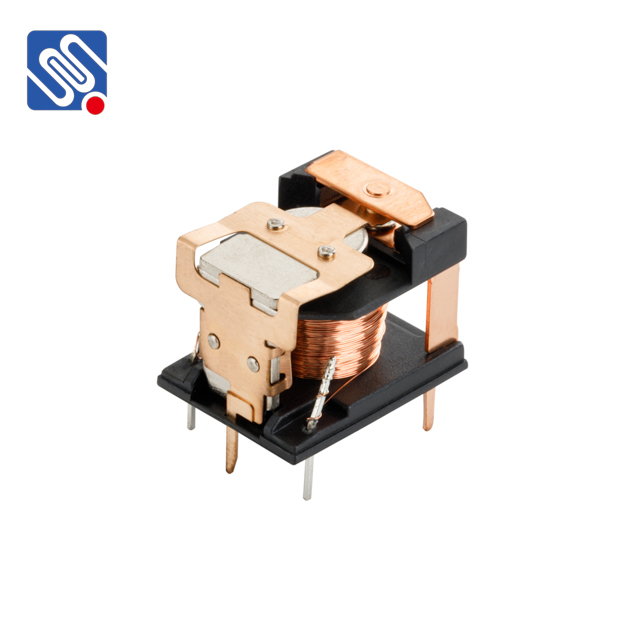relay comparison: understanding the differences between various types of relays
Release time:2025-05-01 01:04:11
Relays are crucial components in electrical circuits, used to control a circuit by opening or closing contacts in response to a signal. These components allow one circuit to control another while keeping the circuits electrically isolated from each other. With the variety of relay types available, each suited for specific applications, it’s important to understand their key differences to ensure optimal performance. In this article, we will compare different types of relays, such as electromagnetic, solid-state, reed, and time-delay relays, discussing their advantages, applications, and limitations.

1. Electromagnetic Relays
Electromagnetic relays are one of the most commonly used types of relays. These relays operate by using an electromagnet to create a magnetic field, which in turn pulls or pushes a mechanical arm to open or close the contacts. The simplicity and reliability of electromagnetic relays make them a popular choice for general switching applications.
Advantages:
High durability: Electromagnetic relays can handle a high number of switching cycles.
Cost-effective: These relays are relatively inexpensive, making them suitable for large-scale production.
Availability: They are widely available and come in various sizes to meet different needs.

